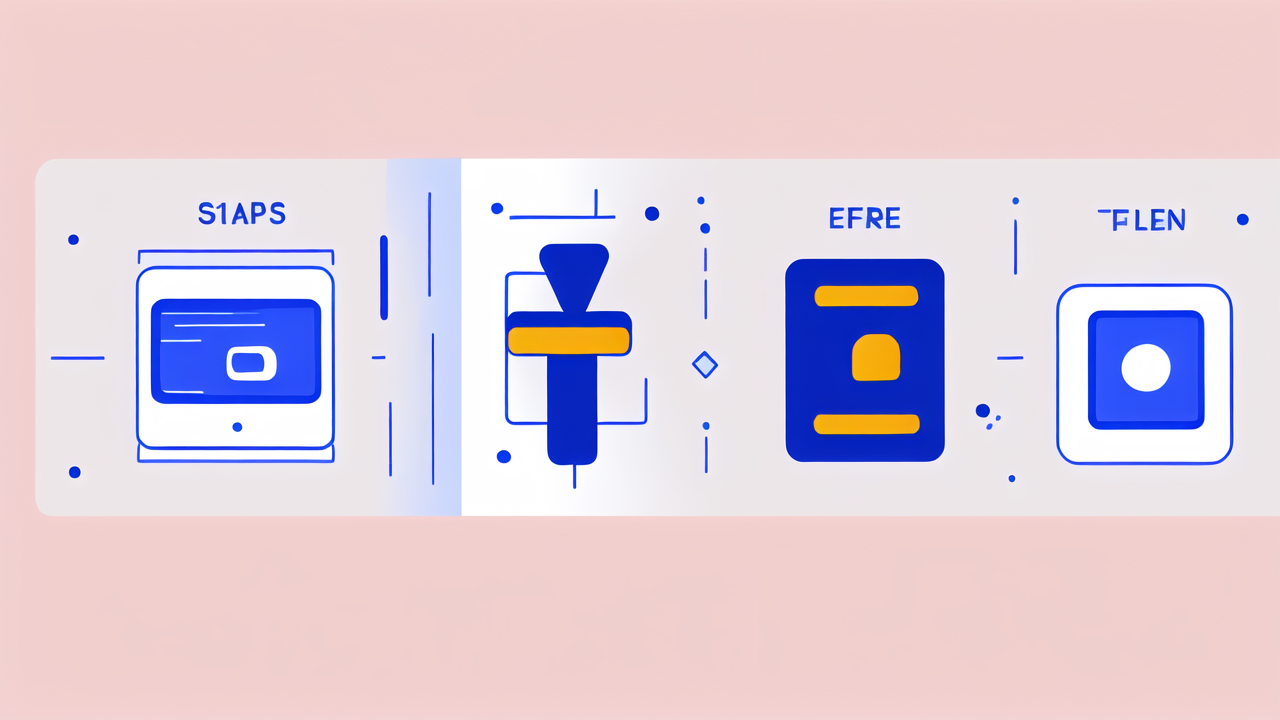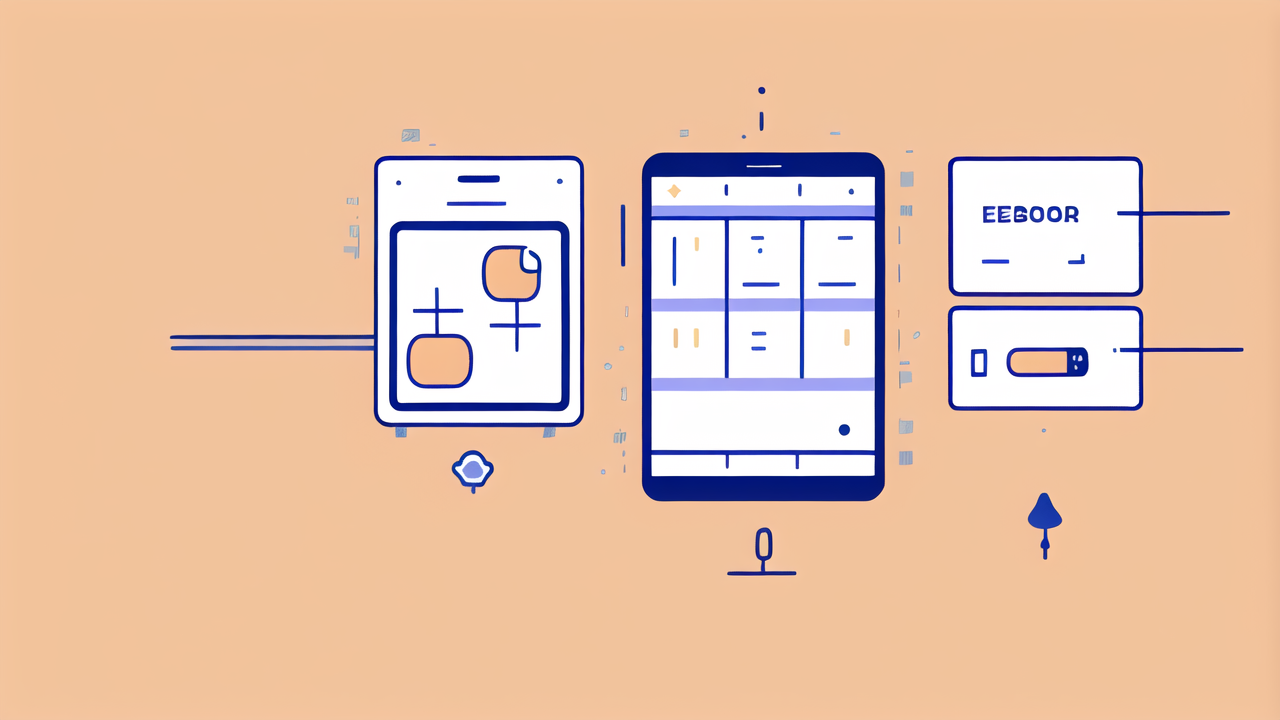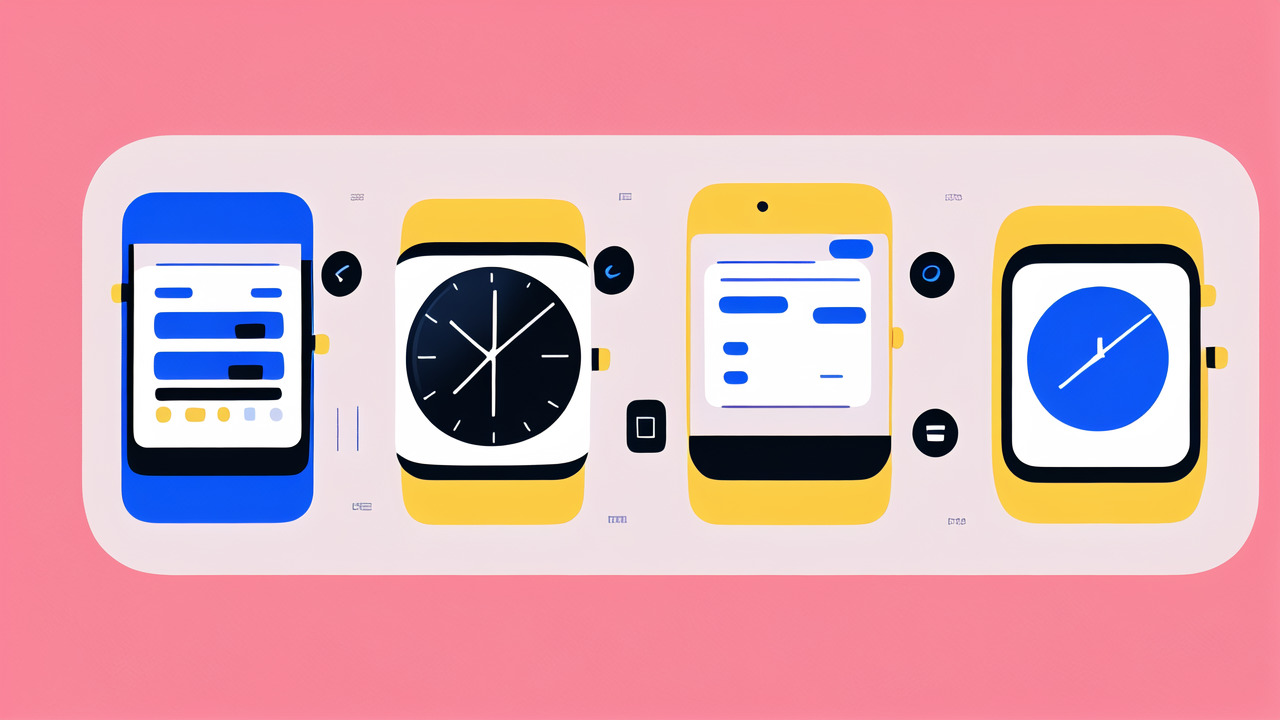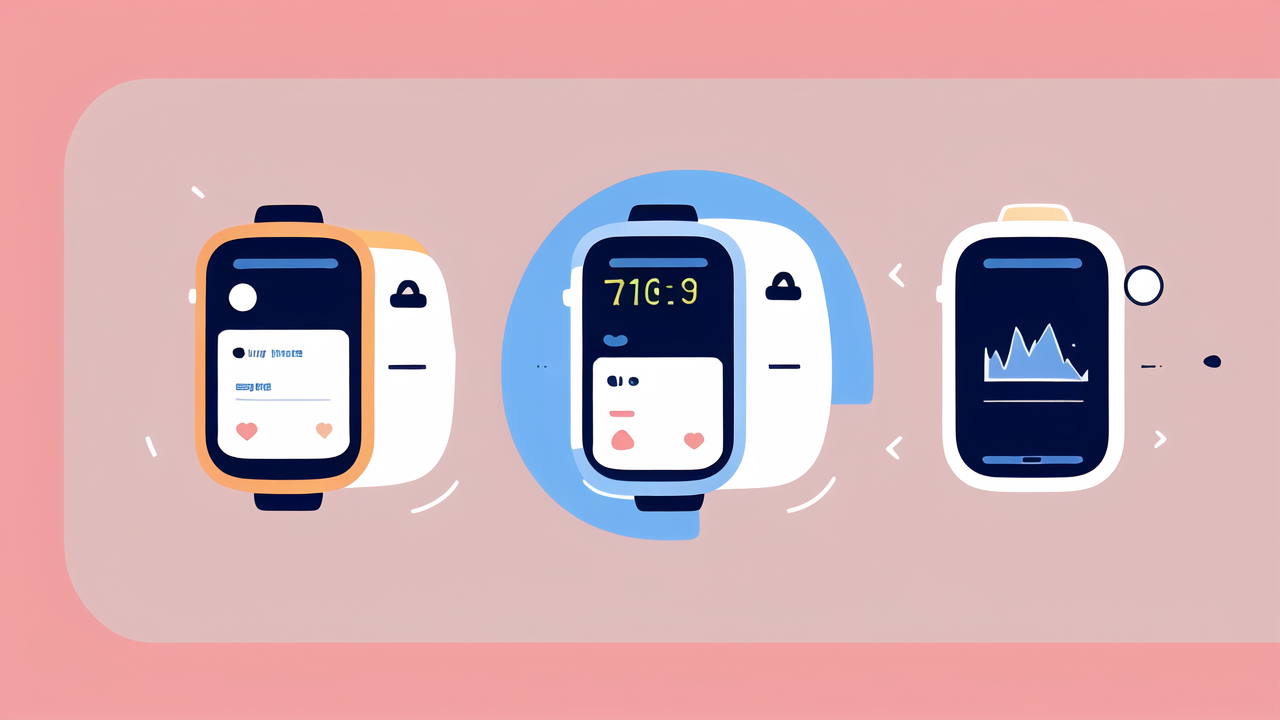The Evolution of Wearable Technology in the Fashion Industry
Historical Overview of Wearable Devices and Fashion
Wearable tech has come a long way in the fashion world. It started with basic items like watches and moved to smart devices. Early wearables were clunky and not very stylish. They focused more on function than looks.

In the 1980s, calculator watches were a big hit. They blended tech with fashion for the first time. The 1990s saw the rise of digital watches with more features. These paved the way for today's smartwatches.
The 2000s brought us Bluetooth headsets. They were small and could be worn all day. This was a big step for wearable tech. It showed that tech could be part of our daily outfits.
As tech got smaller, it became easier to add to clothes. This led to the smart clothing we see today. Now, we have shirts that track heart rate and jackets that control our phones.
Technological Innovations Shaping Modern Wearables
Today's wearables are a far cry from their bulky ancestors. They're sleek, smart, and often stylish. Key tech advances have made this possible.
Miniaturization has been crucial. Tiny sensors and chips can now fit into almost anything. This allows for smart rings, earbuds, and even contact lenses.
Battery life has improved greatly. Wearables can now last days or weeks on a single charge. This makes them more practical for everyday use.
Flexible electronics have opened up new design options. Clothes can now have built-in screens or sensors. These bend and move with the fabric.
Wireless tech has also played a big role. Bluetooth and Wi-Fi let wearables connect to our phones and the internet. This makes them much more useful and versatile.
AI and machine learning are making wearables smarter. They can now learn our habits and preferences. This leads to more personalized experiences.
The Role of Wearable Technology in Fashion Trends
Wearable tech is no longer just about function. It's becoming a fashion statement in its own right. Designers are embracing tech as a new creative tool.
Smart jewelry is a growing trend. Rings and necklaces can now track health data or send alerts. They look like normal jewelry but do much more.
LED clothing is making waves on runways. Dresses that change color or pattern are now possible. This adds a new dynamic element to fashion shows.
Sustainable tech is also influencing fashion. Solar-powered jackets and biodegradable smart fabrics are emerging. These blend eco-friendly design with high-tech features.
Customization is another key trend. Wearables allow clothes to change based on the wearer's mood or environment. This offers a level of personalization never seen before.
Some brands are using tech to create interactive experiences. Clothes that respond to touch or sound are becoming more common. This blurs the line between fashion and performance art.
The Impact of Wearable Technology on Fashion Retail and E-Commerce
Enhancing the Shopping Experience with Technology
Wearable tech is changing how we shop for clothes. It's making the process more interactive and personalized. Both online and in-store experiences are being transformed.

Smart mirrors are popping up in stores. They let shoppers virtually try on clothes without changing. This saves time and makes shopping more fun.
RFID tags in clothes can give shoppers more info. They can see details about materials, care instructions, and even styling tips. This helps people make better choices.
Mobile apps linked to wearables can enhance in-store navigation. They can guide shoppers to items they might like based on their style profile.
Virtual reality headsets are being used for immersive fashion shows. Shoppers can attend runway events from anywhere in the world.
Wearable payment devices are streamlining checkout. Smartwatches and rings can be used to pay, making shopping faster and easier.
Data Analytics: The Backbone of Personalized Fashion
Wearable tech is a goldmine of data for fashion retailers. It provides insights into customer preferences and behaviors. This data is key to creating personalized experiences.
Fitness trackers can show which clothes are worn for different activities. This helps brands design better athletic wear.
Smart clothing can track how often items are worn. This data can help improve product design and durability.
Body scanning tech can provide accurate sizing data. This helps reduce returns and improves customer satisfaction.
AI can analyze this data to predict fashion trends. It can help brands stay ahead of the curve in a fast-moving industry.
Personalized recommendations become more accurate with wearable data. Shoppers can get suggestions that truly match their style and needs.
The Integration of Augmented Reality (AR) in Virtual Fitting Rooms
AR is revolutionizing the online shopping experience. It's bringing the fitting room to your home. This technology is especially useful for wearable tech products.
Virtual try-on apps let shoppers see how clothes look on them. They can mix and match outfits without physically changing.
3D body scanning can create accurate digital avatars. These avatars can try on clothes, giving a realistic view of fit and style.
AR can show how wearable tech works with different outfits. Shoppers can see how a smartwatch looks with various styles.
Some AR apps can suggest outfits based on the user's body type and preferences. This creates a personal stylist experience at home.
AR can also show how clothes look in different lighting or settings. This helps shoppers make better decisions about their purchases.
Challenges and Opportunities in Wearable Fashion Technology
Overcoming the 'Chicken and Egg' Problem: Startups and Consumers
The wearable fashion tech industry faces a classic dilemma. Consumers want proven products, but startups need users to improve their tech. This creates a challenging cycle.

Many startups struggle to get funding without a large user base. But it's hard to attract users without a polished product. This can slow innovation in the field.
Collaboration between tech companies and fashion brands can help. It brings together tech know-how and fashion credibility.
Some startups are using crowdfunding to gauge interest. This helps them prove there's a market for their ideas.
Early adopters play a crucial role. They provide valuable feedback that can shape product development.
Education is key to breaking this cycle. Consumers need to understand the benefits of wearable fashion tech.
Regulatory Hurdles for Wearable Devices in the United States
Wearable tech faces various regulatory challenges in the US. These can slow down innovation and market entry.
The FDA regulates wearables that claim health benefits. This process can be long and costly for startups.
Privacy laws are a major concern. Wearables collect a lot of personal data. Companies must ensure they comply with data protection regulations.
Safety standards for electronic devices apply to wearables. This includes rules about battery safety and electromagnetic emissions.
Intellectual property issues can arise. The mix of fashion and tech leads to complex patent situations.
Some wearables may need FCC approval. This applies to devices that use wireless communication.
Companies must navigate these rules carefully. Failure to comply can lead to fines or product recalls.
Future Projections: What's Next for Wearable Technology in Fashion?
The future of wearable fashion tech looks bright and exciting. We can expect to see more seamless integration of tech and style.
Nanotechnology will likely play a big role. Fabrics may have built-in sensors at the molecular level.
Energy harvesting clothes could become common. They might charge your devices as you wear them.
Mood-responsive clothing could adjust to your emotional state. Colors or patterns might change based on how you feel.
Biometric authentication through clothing may replace passwords. Your shirt could unlock your phone or car.
Virtual and augmented reality may blend with physical clothing. This could create dynamic, changeable outfits.
Sustainable tech will likely be a major focus. We might see more biodegradable electronics and recycled materials.
As AI advances, wearables could become more proactive. They might suggest outfit changes based on your schedule or the weather.
The line between fashion and technology will continue to blur. The clothes of the future may be as smart as they are stylish.




Leave a comment
This site is protected by hCaptcha and the hCaptcha Privacy Policy and Terms of Service apply.